Joey Cifelli ’23
A&E Editor
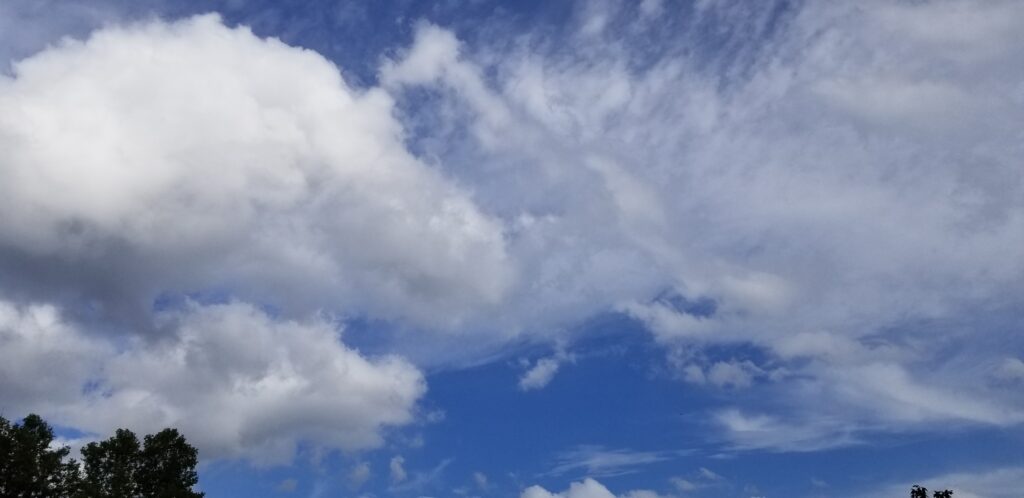
Well, dear readers, it’s finally here: Monday Week. I know, I know it’s crazy. Maybe more so than you’d expect or like. But it’s here. And we’re going to deal with it. Now, I’m sure we all have complicated feelings about Monday Week. That’s totally fine. To be honest, I was planning on this being Tuesday Week, and I only recently realized the photos I took of the skies on Tuesday happened to have been taken on Monday. So, if you’ll bear with me, I hope you can accept this transgression, and next time we’ll start fresh with a Tuesday Week, whenever that may be. These skies really are beautiful, though. Nice of them to all come out on the same day. 8.2/10
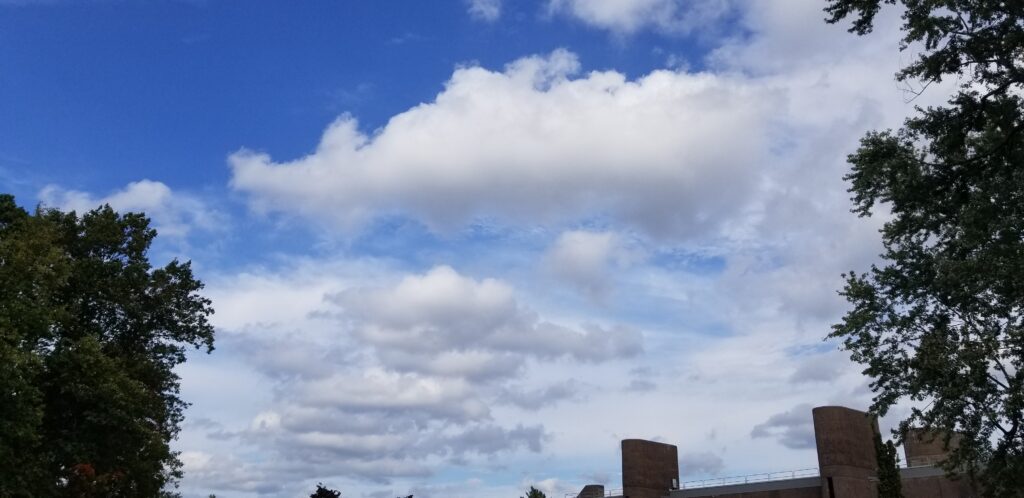
Stairs, tip-toeing. Slow, creaky going.
Walking so lightly on the wooden planks
I’m flowing, sliding down the rails on my
feet, socks are showing, grasping at the sides
with my hands and my nails but I don’t have
a grip.
Got to get one.
My silk shirt slipping on the carpet’s not fun.
Then I bump on each level to the bottom it’s a
devil on my ankles and my shins hey floor-
how you been?
Same.
7.8/10
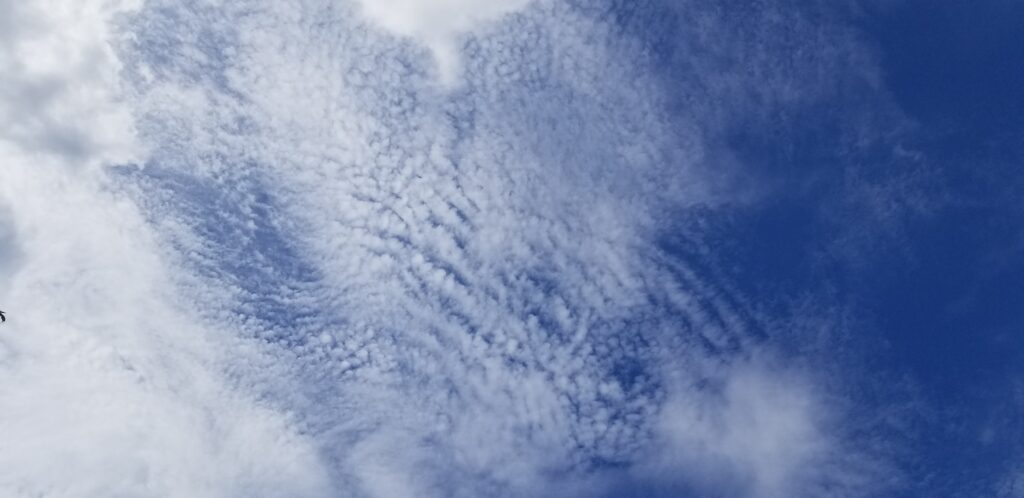
Natural camouflage is a survival tactic used to disguise oneself from predators by blending into the environment. Also likely used for offensive purposes. I think birds are missing out on the natural camouflage market by not blending in with the sky. My first point is that they could avoid being hunted, probably. My second point is that it’ll look sick. To clarify, it won’t look like anything. Because it’s camouflage. But if you somehow got one of the sky birds to land nearby, you’d shed a tear or two. The problem is, the sky is changing all the time. I don’t have a solution for this. That’s for the birds. 8.4/10
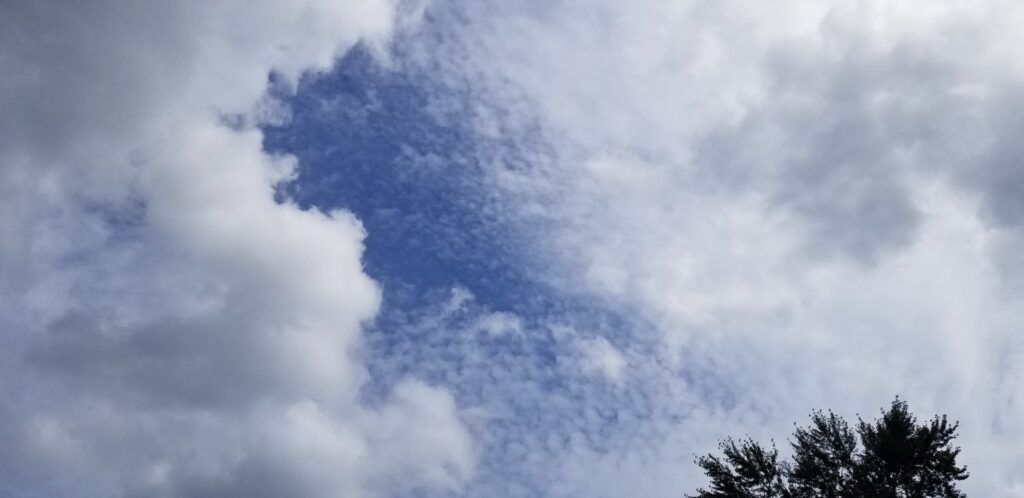
A dinosaur lumbers in the stratosphere, leaving breezes the size of baseball fields in its wake. A roar from its clear-scaled jaw can be heard in the frantic shivers of dead leaves. It leaves no shadow, but anyone in its path feels the cold breath of it pass by. What does it want? Where is it going? There are ancient, primordial thoughts inside the dinosaur, only the slightest sliver of which we are able to gather the shape of, if not the intent. This is not an emergency, but, if you would, rake your lawn after it passes by. 8.6/10
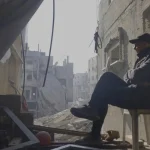
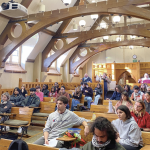
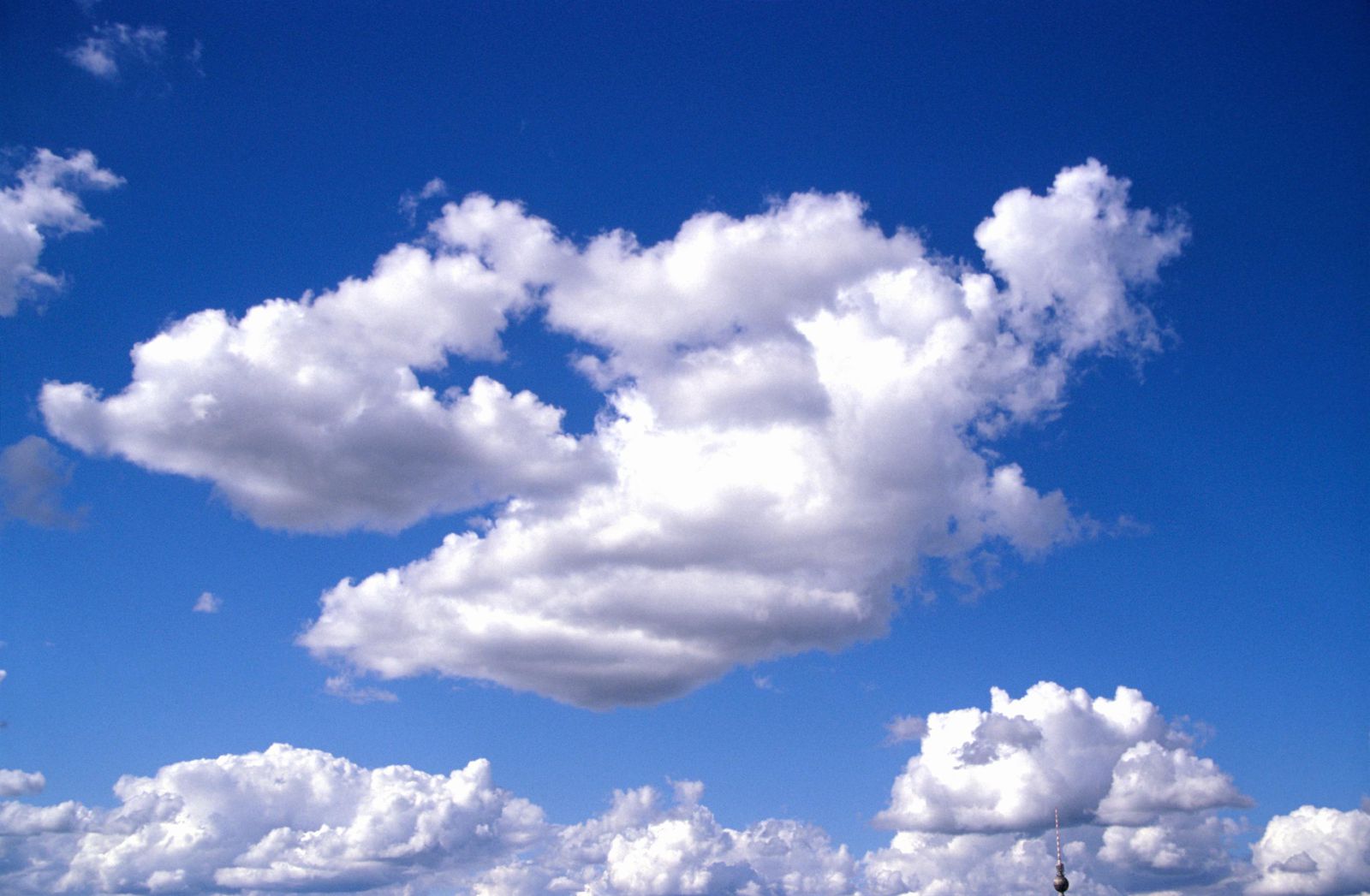
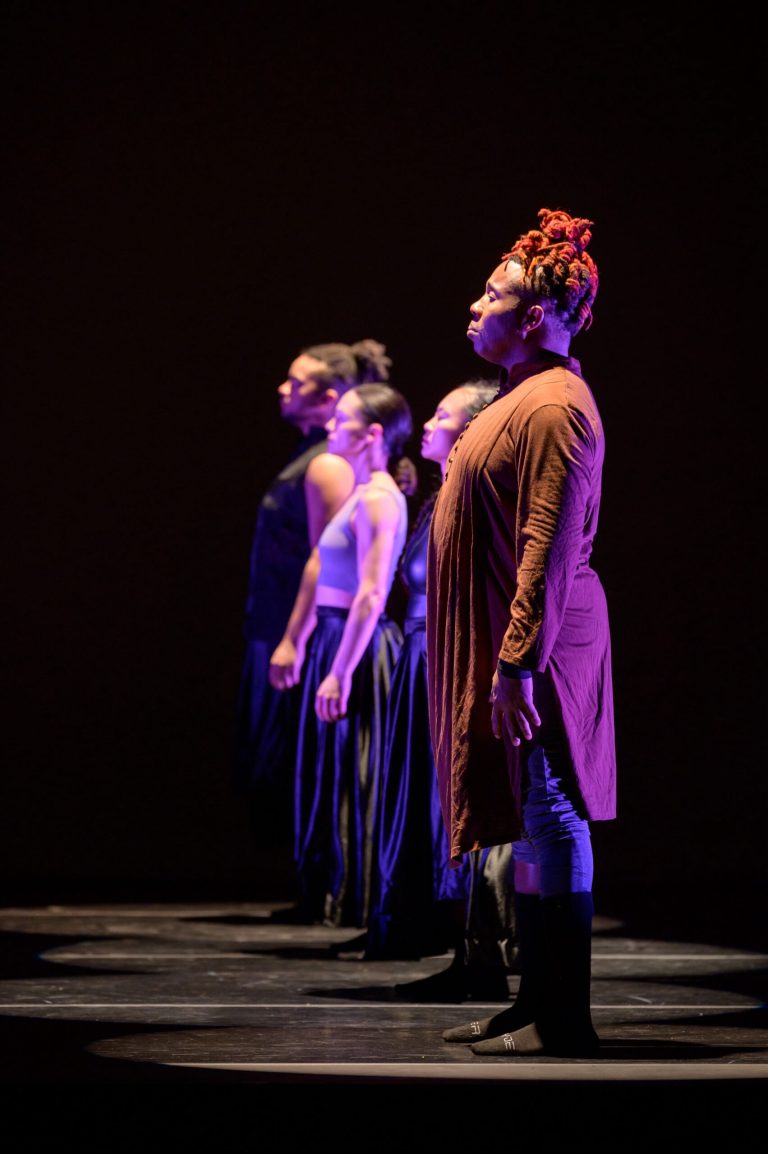

+ There are no comments
Add yours